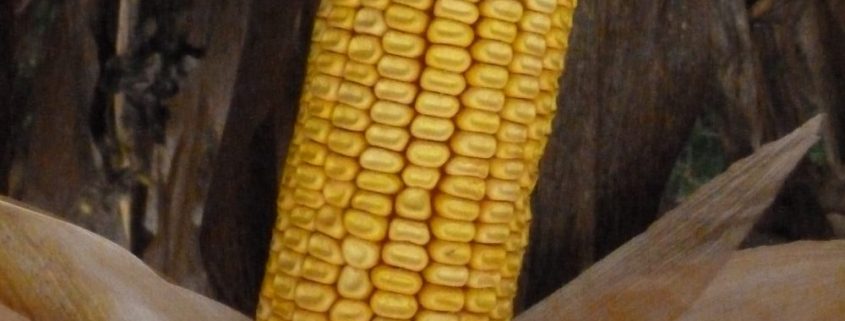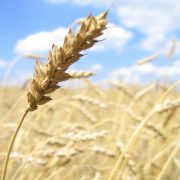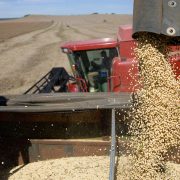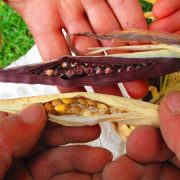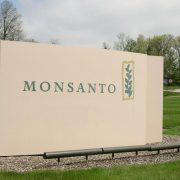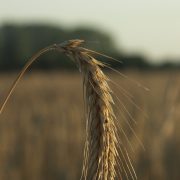The control of weeds in the cultivation of corn
In the cultivation of corn the presence in the field of vegetation that is foreign to it can lead to a decrease in production and, in some cases, favor the presence of pests or viruses. Since it is a crop in which water, nutrients and temperature are inherent, it is easy to produce the proliferation of weeds that need to be controlled. The damage that weeds can easily cause exceeds 15% although, if the infestation is very important, or occurs from the first days of the crop cycle, this damage can be much more important to exceed 50% decrease in the harvest.
In some crop areas affected by the presence of viruses, we must highlight the role of grasses, such as Sorghum halepense, in the proliferation of the vectors of the causative agent. This is one more reason to seek their elimination.
Among the grasses, the most important species in this crop, which stand out for their difficulty of control are: Sorghum halepense, Echinochloa crus galli, Setaria sp., Digitaria sanguinalis and Panicum dichotomiflorum. Between the dicotiledóneas they emphasize Abutilon teophrasti and Chenopodium album, …
Control techniques
Currently the control of the vegetation is in the crop and that harms it must be framed in an Integrated Management of the same. Given that according to RD 1311/2012 on the sustainable use of phytosanitary products must follow the indications contained in the Guide published by the Ministry of Agriculture, we extract from it the most important aspects.
The integrated management of your teeth is defined as the careful examination of all available and subsequent plant protection methods for the use of phytosanitary products and other forms of intervention in plant protection levels. be economically and ecologically justified and that reduce or minimize risks to human health and the environment.
The objective of the fight against bad words in crops should be the reduction of the amount of seeds of the existing herbs in a plot to acceptable levels.
It is a strategy maintained over time and involving all the crops that alternate in the season over time. We call preventive measures to those that apply before the establishment of the crop and among them can refer:
Cultivation rotations: it is one of the most useful measures to manage adventitious infestations. It is required to alternate different, avoiding its repetition including the fallow.
Soil work: soil work is a tool that allows the management of the seed bank existing in the harvest and must be considered during the entire period in which the crop is free from cultivation, that is, from harvest to harvest of the crop following. As different aspects of the laboratory we can consider the superficial work in the inter-crop period, a work immediately after the harvest. And the deep work of preparing the land with turning, to bury in the depth the seeds that are on the surface.
A very important aspect is the delay of the sowing date in combination with false sowing to provoke its birth and start with the preparatory work for sowing.
Prophylactic measures should also be taken into account to avoid the introduction of weed seeds in the plot, such as the use of clean weed seeds, cleaning of the machinery when changing plots, cleaning of irrigation ditches ….
As direct methods of control, mechanical control can be mentioned, its use being relatively easy in this crop, such as the passage of cultivators between the rows or, even, the use of the barbed harrow.
In the case of the use of mechanical methods, it is important to take into account various aspects such as cultivating corn within the framework of a rotation that helps to reduce the amount of weeds present in the field or sow on a date when the period between sowing and emergence are as short as possible.
Also, to use maize growing cycles that are not excessively long. This means that the period during which the weeds can be installed is shorter and the development of the crop faster; make a planting as regular as possible, so as to facilitate the passage of the machines and their rotation in the heads of the field, without causing major damage to the crop plants by passing the machinery.
In irrigated maize use irrigation so that the crop is as competitive as possible and does not favor the development of weeds, if mechanical methods are used do it at the right time, usually soon, in which the weeds are as sensitive as possible.
Finally, one of the numerous herbicides authorized in this culture can be used. In this case, the moment of application and the environmental conditions in which it is carried out must be taken into account.
Source: Plant Health Service. ETSEA. Agrotecnio (University of Lleida)




